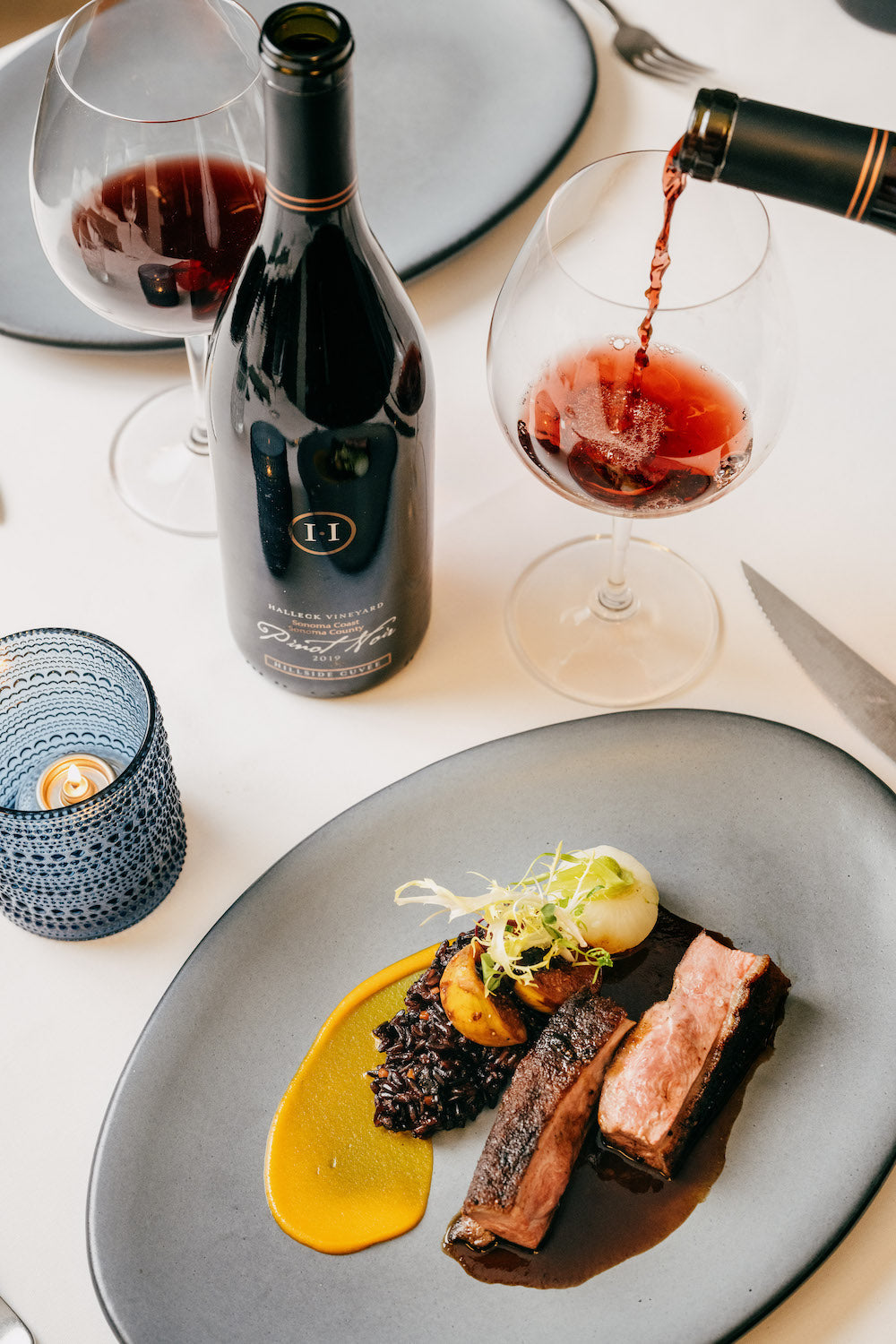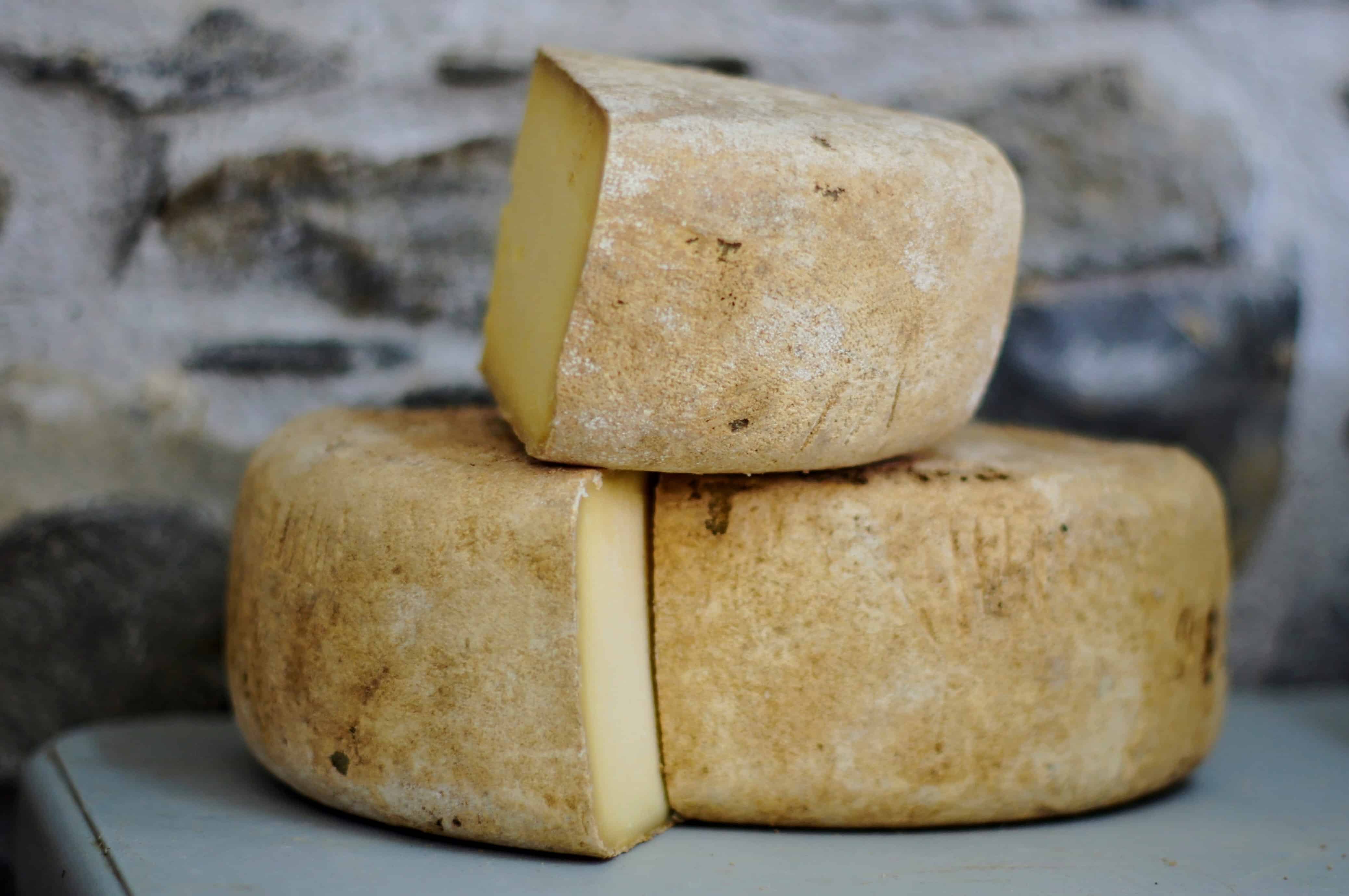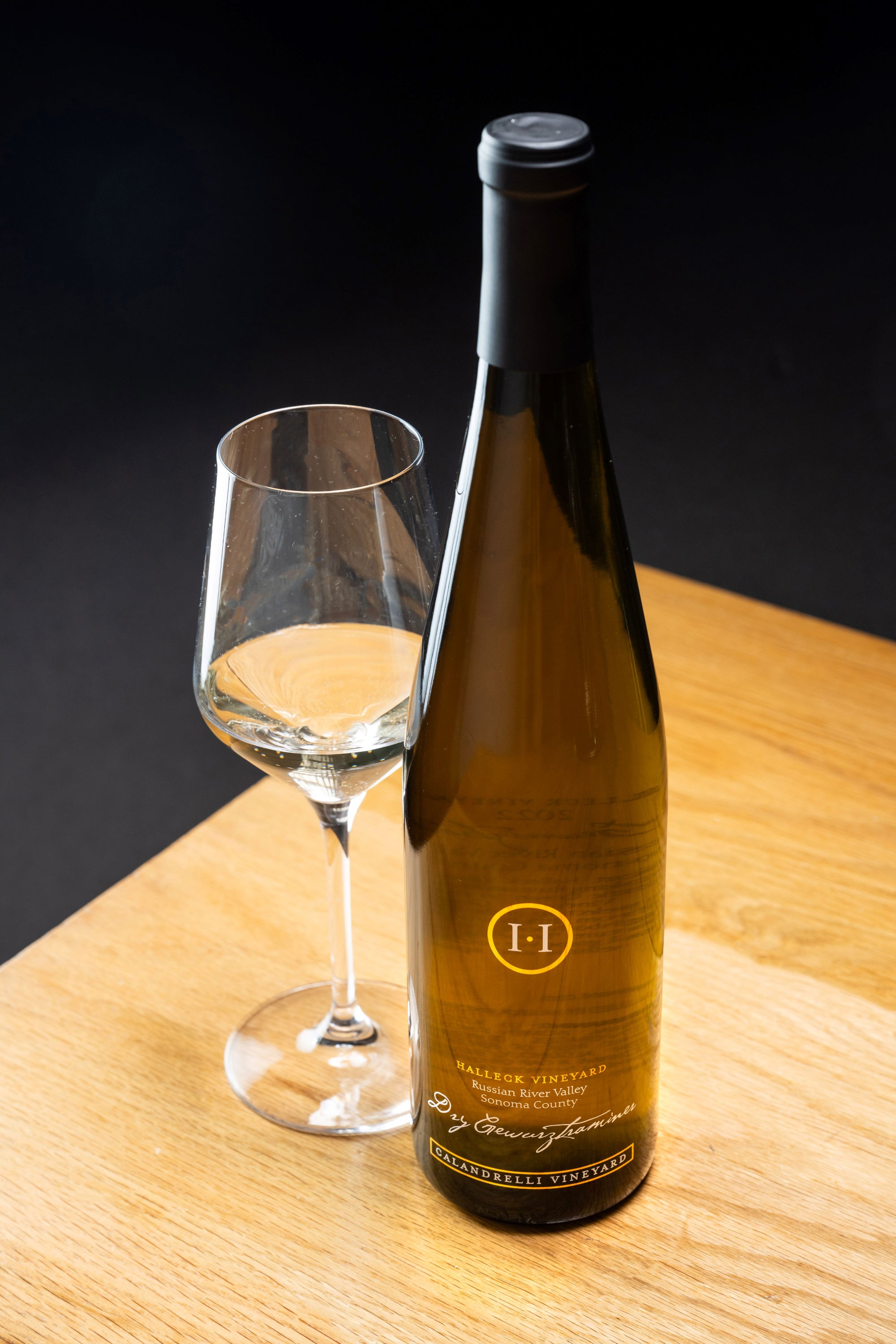Vineyard Picnics in Sonoma Wine Country
Vineyard Picnics in Sonoma Wine Country
Blog Article
Suggestions for Family-Friendly Wineries in Sebastopol 95403
Understanding the nuanced vocabulary associated with winery wine tasting is important for both novices and seasoned connoisseurs alike. Every term brings to life the experience of tasting wine and can improve one’s appreciation of the many intricacies concerned. Wine tasting is more than simply drinking; it's an art that includes various senses and feelings.
To start with, the term "nose" refers to the aromas one detects when smelling the wine. This is an important step as a end result of the bouquet sets the stage for the tasting experience. Notes of fruit, spice, earth, and wood may mingle, offering a glimpse of what the palate may verify. Understanding "nosing" the wine can dramatically elevate one's sensory journey.
One Other key facet is the term "physique." The physique of the wine describes its weight and fullness on the palate. A full-bodied wine has a sturdy presence and tends to linger longer after swallowing. Conversely, light-bodied wines could really feel extra delicate and refreshing. Recognizing the physique helps tasters assess the wine's structure and stability.
Event Calendar at Sonoma Wineries 95404
The idea of "tannins" is important in red wine tasting. Tannins are compounds derived from grape skins, seeds, and stems, contributing to a wine's texture and growing older potential. Excessive tannin wines usually result in a dry mouthfeel, while decrease tannin ranges yield a smoother experience. This distinction is particularly important when pairing wines with food, as tannins can either complement or clash with certain dishes.
In addition to tannins, "acidity" performs a major position within the wine tasting experience. Acidity offers wine its crispness and liveliness - How to Plan the Perfect Wine Tasting Day in Sonoma County. Wines with higher acidity are typically refreshing and energizing, making them wonderful companions for quite so much of meals. Recognizing acidity can drastically enhance one’s food-pairing capabilities and total tasting enjoyment.
When delving into the flavour profile of a wine, one might encounter the term "end." The end refers to the aftertaste that lingers in the mouth after swallowing. A lengthy end is often associated with high-quality wines, because it signifies complexity and depth. A short end could recommend a simpler wine. Figuring Out tips on how to consider the finish can reveal much a couple of wine's character.
Exploring the "vintage" can also be integral to wine tasting terminology. The vintage denotes the 12 months during which the grapes have been harvested. Completely Different years can yield vastly different outcomes due to variations in climate conditions. For occasion, a sizzling summer can produce more concentrated flavors, while a cooler 12 months might yield more delicate, nuanced wines. Understanding vintage permits for a deeper appreciation of a wine’s origin and potential.
Explore the Vineyards in Sebastopol for Outstanding Wine Tasting
The term "terroir" encompasses the geographical and environmental components that contribute to a wine's unique character. Components similar to soil kind, climate, elevation, and topography all play a task in the flavor and high quality of the wine. This connection to place helps one perceive why wines from different areas can taste so distinctively totally different, even when produced from the have a peek at these guys same grape selection (The Allure of Wineries in California).

When partaking with wines, the phrase "leg" refers again to the droplets that type on the inside of the glass after swirling. These droplets can point out the wine's alcohol content material and viscosity. While observing the legs might not directly relate to the wine’s style, it provides to the overall experience and intrigue of wine tasting much less clear.
Navigating Sonoma County's Vineyards and Wineries 95407
A extra particular term which will come up during tastings is "oak." The influence of oak barrels on wine can impart flavors similar to vanilla, toast, or spice. The degree of oak growing older can vary widely among wines, affecting both aroma and taste. Understanding oak treatment supplies insights into the winemaker’s selections and the ensuing complexity of the wine.
In wine tasting, one may also hear the term "palate." The palate refers to the total taste experience in the mouth. This encompasses sweetness, bitterness, acidity, and body. A well-balanced palate is essential for a harmonious tasting experience, and recognizing any imbalances helps assess the quality of the wine.
The experience of wine tasting is tremendously enriched by understanding the terminology that accompanies it. Every term serves a objective, enhancing the power to convey ideas and feelings about the wine one's experiencing. This vocabulary bridges communication between tasters, sommeliers, and winemakers alike.

To absolutely take pleasure in wine tasting, it's essential to have interaction all senses. The sight of the wine, its shade, and readability can provide insight into its age and high quality. Swirling the wine releases aromas that heighten the olfactory look these up experience, whereas the precise tasting allows for a complete analysis of the wine's profile.
Planning the Ideal Wine Tasting Day in Sebastopol
In conclusion, understanding the detailed clarification of winery wine tasting terminology tremendously enhances the experience of tasting. Each term invites the taster to engage more deeply with the wine, encouraging connections to the senses, the winemakers, and the lands where the grapes are grown. This nuanced vocabulary creates a richer, more fulfilling wine tasting experience.
- Aroma refers to the scents released by the wine, which may indicate its grape variety and influence the tasting experience.
- Tannins are natural compounds found in grape skins, seeds, and stems, contributing to the wine's construction and growing older potential.
- A finish, or aftertaste, is the lingering flavor sensation that remains on the palate after swallowing, typically a key indicator of high quality.
- Physique describes the load and fullness of wine within the mouth, usually categorized as light, medium, or full-bodied.
- Terroir denotes the unique environmental characteristics of a vineyard that affect the taste and quality of the wine, including soil sort and climate.
- Acidity is a critical element that contributes to a wine's freshness and balance, impacting its aging capability and overall flavor profile.
- Vintage signifies the year grapes had been harvested and performs a big position in determining the wine's characteristics, reflecting specific weather conditions.
- Decanting entails pouring wine from its bottle into one other vessel, allowing it to aerate and enhancing its flavors and aromas.
- A corked wine could also be tainted by a faulty cork, leading to musty or off-putting flavors that detract from the wine's meant profile.
- The term “legs” refers again to the droplets that cling to the within of a glass after swirling, often associated with the wine's alcohol content material and viscosity.undefinedWhat is the which means of "nose" in wine tasting?undefinedThe "nose" refers again to the aroma profile of the wine, which is detected via the sense of smell. It Is a vital facet of wine tasting, as aromas can reveal a lot about the grape selection, winemaking process, and growing older.
How should I correctly taste wine?undefinedTo taste wine successfully, comply with these steps: observe the color, swirl the wine to aerate it, take a mild sniff to capture the aromas, sip and let it coat your palate, and at last, note the end. This approach helps in appreciating the wine’s complexity.
What are "tannins" and how do they affect wine?undefinedTannins are pure compounds found in grape skins, seeds, and stems that contribute to a wine's structure and astringency. They can create a drying sensation within the mouth, and so they additionally play a task within the wine's getting older potential.
Unwind with Scenic Views while Tasting Fine Wines

What does the term "balance" mean in wine tasting?undefinedSteadiness refers to the concord between the totally different parts of a wine, such as acidity, sweetness, alcohol, tannin, and flavor depth. A well-balanced wine will have every of those parts supporting one another quite than overpowering the others.
What is the significance of "terroir" in wine tasting?undefinedTerroir encompasses the environmental factors—such as soil, climate, and geography—that influence the traits of the wine produced in a selected area. Understanding terroir helps tasters recognize the distinctive qualities that different areas impart to their wines.
What does "vintage" mean and why is it important?undefined"Vintage" signifies the 12 months when the grapes had been harvested. It is essential as a outcome of it impacts the wine’s quality and characteristics, as climate circumstances through the rising season can considerably influence flavor profiles and aromatics.
What are "legs" and what do they signify?undefined"Legs" discuss with the droplets that form and run down the within of a glass after swirling wine. Whereas they can point out alcohol content material and viscosity, they don't decide quality—this is more about personal notion of richness.
Your Ultimate Guide to Sonoma Wine Tastings 95472

What does "full-bodied" mean versus "light-bodied"?undefined"Full-bodied" wines are wealthy, dense, and often have greater alcohol content and sophisticated flavor profiles, while "light-bodied" wines are extra delicate and refreshing with a lower alcohol content material. This distinction helps tasters understand the anticipated weight and mouthfeel of the wine.
How can I identify fruit flavors in wine?undefinedTo determine fruit flavors, consider the aroma and taste profiles. Swirl the wine, inhale deeply to seize the bouquet, and give consideration to particular characteristics. Familiarity with typical fruit profiles of various grape varieties can enhance this identification course of.
What is "finish" in wine tasting?undefinedThe "end" refers to the aftertaste that lingers within the mouth after swallowing. A lengthy, complex end is often a sign of high quality in a wine, as it displays the depth of flavor and overall craftsmanship within the winemaking course of. Report this page